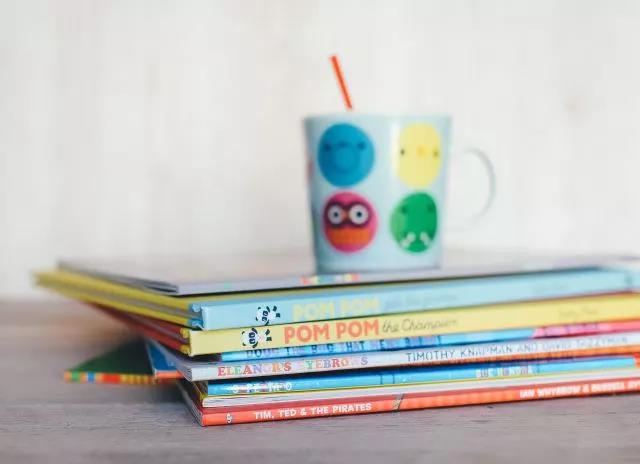托福阅读模题之文艺复兴(附参考答案)
2013-07-25 15:32 供稿单位: 新航道
出国英语考试有哪些 雅思6.5是什么水平 雅思阅读评分标准 托福阅读评分标准 雅思和托福的区别
The medieval artists didn’t know about perspective; they didn’t want to make their people look like real, individual people in a real, individual scene. They wanted to show the truth, the eternal quality of their religious stories. So these artists didn’t need to know about perspective.
In the European Renaissance period, artists wanted to show the importance of the individual person and his or her possessions and surroundings. A flat medieval style couldn’t show this level of reality and the artists needed a new technique. It was the Italian artist Brunelleschi who discovered the technique of perspective drawing. At first the artists of the Renaissance only had single-point perspective. Later they realized that they could have two-pointed perspective and still later multi-point perspective.
With two-point perspective they could turn an object (like a building) at an angle to the picture and draw two sides of it. The technique of perspective which seems so natural to us now is an invented technique, a part of the “grammar of painting”. Like all bits of grammar there are exceptions about perspective. For example, only vertical and horizontal surfaces seem to meet on eye level. Sloping roof tops don’t meet on eye level.
For 500 years, artists in Europe made use of perspective drawing in their pictures. Nevertheless, there are a range of priorities that artists in displaying individual styles. Crivelli wanted to show depth in his picture and he used a simple single-point perspective. Cezanne always talked about space and volume. Van Gogh, like some of the other painters of the Impressionist period, was interested in Japanese prints. And Japanese artists until this century were always very strong designers of “flat” pictures. Picasso certainly made pictures which have volume and depth. However, he wanted to keep our eyes on the surface and to remind us that his paintings are paintings and not illusions.
It is technically easy to give an illusion of depth. However, a strong two dimensional design is just as important as a feeling of depth, and perhaps more important.
1 The passage mainly discusses
(a) the difference between medieval and Renaissance art
(b) how the technique of perspective influenced the modern art
(c) the discovery of the technique of perspective
(d) the contribution of Renaissance artists
2 The word “eternal” in line 3 is closest in meaning to
(a) timeless
(b) infinite
(c) frequent
(d) constant
3 According to the passage, which is the main concern for medieval artists?
(a) the individual person and his/her possessions and surroundings
(b) real people, real scenes
(c) eternal timeless truth of the earth
(d) themes of religious stories
4 The discovery of perspective was the result of
(a) Renaissance artists’ to prove that the medieval artists could show level of reality
(b) the need to turn an object at an angle and draw more than one side of it
(c) the subject being shifted from religious stories to individual person and surroundings.
(d) natural evolution of human senses
5 The word “it” in line 12 refers to
(a) the picture
(b) perspective
(c) angle
(d) the object
6 The word “Grammar ” in line 13 is closest in meaning to
(a) construction
(b) grammatical rules
(c) rules and regulations
(d) tones and volume
7 The author’s purpose to give the example in line14-15 is to
(a) explain how perspective work in painting
(b) support two-pointed perspective
(c) illustrate that there are exceptions about perspective
(d) point out that the technique of perspective though seems so natural is an invented technique
8 The following artists’ priorities in style shift away from perspective except
(a) Crivelli
(b) Cezanne
(c) Japanese artists
(d) Brunelleschi
9 The word ”Illusion” in line 25 is closest in meaning to
(a) deception
(b) photograph
(c) decoration
(d) illustration
10 It can be inferred from the passage that Renaissance artists
(a) embraced the medieval style of eternal truth
(b) needed to develop a new approach towards painting to show a new level of reality
(c) were inspired by vertical and horizontal surfaces in inventing the technique of perspective
(d) saw two dimensional design more important than a feeling of depth
参考答案:1.b 2.a 3.d 4.c 5.d 6.c 7.c 8.d 9.a 10.b
以上就是托福阅读模拟题:文艺复兴,大家要坚持每天做几篇阅读模拟题,坚持下来,一定会有不小的进步,另外,阅读的同时不要忘记,积累陌生词汇与的句子,以便考试的时候能派上用场。
以上就是新航道托福频道为大家整理的托福阅读模题之文艺复兴(附参考答案),希望对大家有帮助,更多资讯、资料请访问新航道托福真题频道 https://www.xhd.cn/toefl/yucezhenti/
- 上一篇:托福阅读模拟题之生态系统长期稳定
- 下一篇:托福模拟题之宇宙由什么元素组成
分享到:

- 新航道,英语成功之道。时间获取新航道英语学习资料和新鲜资讯,请在微信公众账号中搜索「新航道英语」或者「xhdenglish」,或用手机扫描左方二维码,即可获得新航道每日精华内容推送和英语学习经验分享,并参与新航道举办的各项活动。
责编:李术
精彩专题
更多视频荟萃
更多
-
120托福节之李老师:你的托福阅读领路人!
时长:01-18

-
120托福节之冉维:你的托福写作领路人!
时长:01-18
托福预测
更多
-
2017年托福听力考情分析及2018年备考建议
2017 年全年的48 场新托福考试已经落下帷...
- 2017年托福口语考情分析及2018年备考建议
- 2017年托福阅读考情分析及2018年备考建议
- 2017年托福写作考情分析及2018年备考建议(下)
- 2017年托福写作考情分析及2018年备考建议(上)








